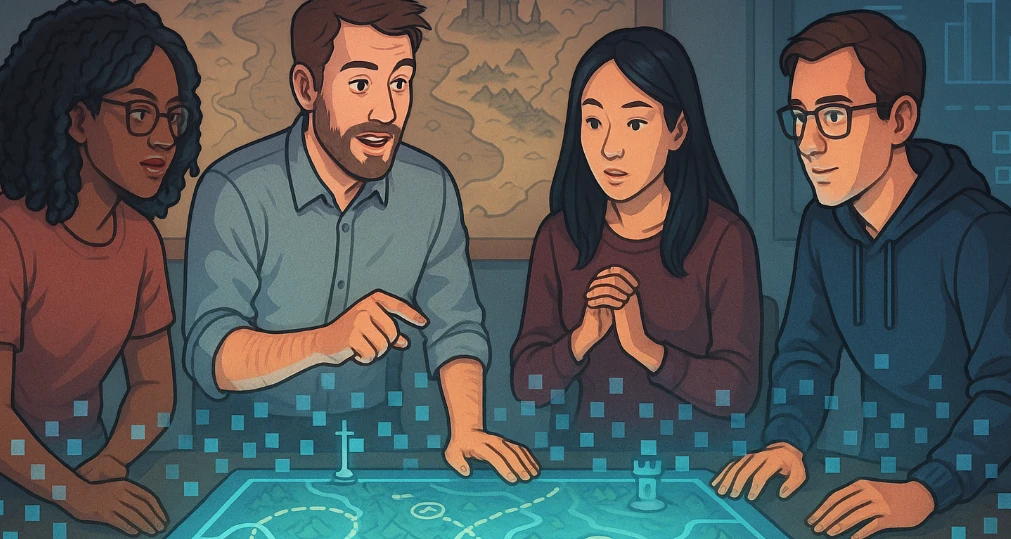The Guild Leader's Dilemma
What 20+ years of leading online gaming communities taught me about managing people who don't have to show up.

A few years ago, I helped a friend update their resume. As we listed their experience, they joked: “Should I include the five years I spent managing a 40-person raid team across ten time zones?”
We laughed, but then started itemizing the actual skills: performance optimization, conflict resolution, resource allocation, retention strategies, cross-cultural communication. The list was impressive.
I’ve been leading online gaming guilds since 2001, and here’s what most executives don’t realize when passionate gamers talk about “online games”: managing volunteers is exponentially harder than managing employees.
The Scaling Challenge
In corporate terms, think of it this way: A 40-person team can absorb individual performance gaps. One person having an off day doesn’t sink the project. But a 12-person team? Every individual matters. The margin for error shrinks dramatically.
“Leadership is not about being in charge. Leadership is about taking care of those in your charge.”
— Simon Sinek
Guild leadership taught me that smaller, high-performing teams require different leadership styles than larger, more forgiving structures. You can’t rely on statistical averaging when every person’s contribution is critical.
Motivation Without Traditional Levers
No salary. No promotions. No performance reviews. People show up because they want to—until they don’t.
You learn to motivate through:
- Shared purpose (defeating that boss, achieving that goal)
- Recognition (public acknowledgment of contributions)
- Growth opportunities (teaching newer members, leading sub-teams)
- Community (friendships that transcend the game)
These are the same intrinsic motivators that drive high-performing corporate teams, but in guilds, they’re the only motivators.
The Delegation Dilemma
Delegation with volunteers requires a different approach. You can’t simply assign tasks; you need to:
- Understand individual motivations
- Match responsibilities to interests
- Provide autonomy without abandoning support
- Accept that some people will say no
The Cognitive Load Reality
Managing people who don’t have to be there is exhausting. You’re constantly reading the room, checking in on morale, mediating conflicts, and planning around real-life changes—job losses, new babies, family emergencies.
Recently, I stepped back from guild leadership. Between wearing multiple hats at work and being a full-time caregiver, I didn’t have the cognitive bandwidth to lead effectively. Knowing your limits isn’t failure—it’s responsible leadership.
What Executives Can Learn
20+ years of volunteer leadership taught me that the best corporate leaders understand: people choose to follow you every single day.
Whether they’re volunteers logging into a game or employees walking into your office, the principles remain the same. Create purpose, recognize contributions, invest in relationships, and remember that leadership is a privilege, not a right.
The next time someone mentions their gaming leadership experience, don’t dismiss it. They might just understand motivation and team dynamics better than most MBAs.
What unexpected experiences have shaped your leadership style?








